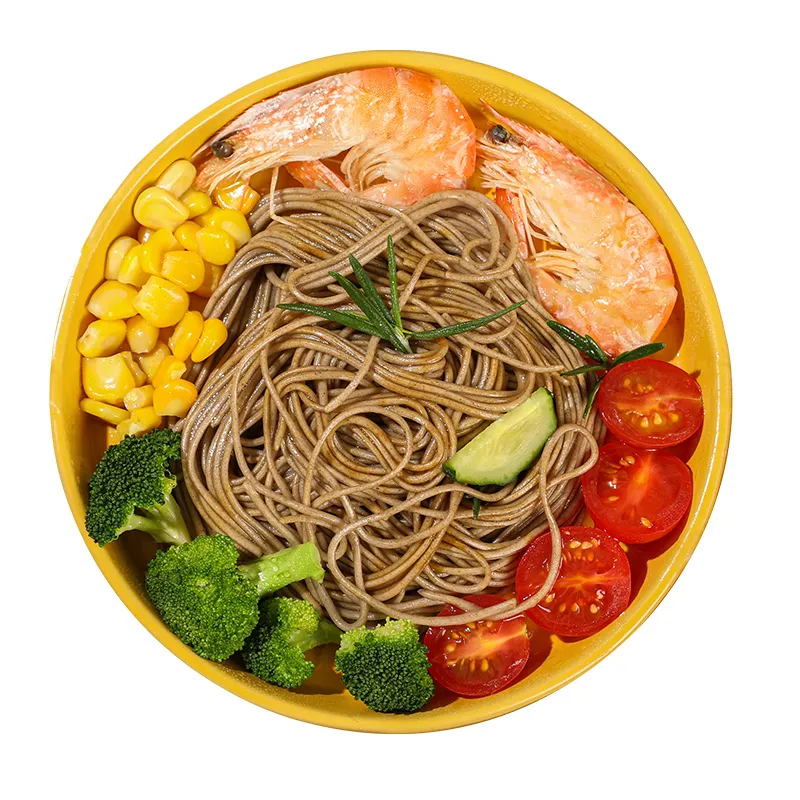Artisan Crafted Japanese Noodles for Authentic Culinary Experiences
The Art of Handmade Japanese Noodles A Culinary Journey
Japanese cuisine is renowned for its delicate flavors, aesthetic presentation, and meticulous craftsmanship. Among the myriad of culinary delights, handmade noodles occupy a special place. Whether it’s the elasticity of udon, the richness of soba, or the delicateness of ramen, the artistry of crafting these noodles is a testament to Japan’s culinary tradition. In this article, we explore the origins, techniques, and cultural significance of handmade Japanese noodles, revealing why they are not just food but a form of art.
A Brief History
The history of Japanese noodles can be traced back centuries. It is believed that noodles were introduced to Japan from China during the Nara period (710-794). Initially, noodles were a luxury reserved for the elite, but over time, they became a staple food enjoyed by all classes. Each region in Japan developed its own varieties based on local ingredients and preferences. For example, the thick and chewy udon hails from the Kagawa Prefecture, while the buckwheat soba flourished in the mountainous regions where wheat was scarce.
Crafting Handmade Noodles
The Art of Handmade Japanese Noodles A Culinary Journey
The first step in noodle-making is selecting the right flour. For example, udon noodles typically use high-gluten wheat flour, which gives them their characteristic chewy texture. In contrast, soba noodles are made from buckwheat flour, offering a nutty flavor and a slightly grainy texture. For ramen, a blend of different flours is often used to achieve the desired springiness and color.
handmade japanese noodles

Once the flour is chosen, the process continues with mixing the ingredients. The flour is combined with water and salt in a precise ratio to create a dough. The dough is then kneaded—an essential step that brings out the gluten, ensuring the noodles have the right elasticity. The kneading process can take up to 30 minutes, and it is often done by hand. This labor-intensive effort is a reflection of the dedication to craftsmanship.
After kneading, the dough is allowed to rest, allowing the gluten to relax. It is then rolled out into thin sheets. Traditional methods often involve an artisanal approach, with chefs using a rolling pin to achieve the desired thickness. The sheets are then cut into noodles—each cut requires a steady hand and keen eye to ensure uniformity, which is crucial for even cooking.
Cultural Significance
Handmade noodles are deeply embedded in Japanese culture and tradition. Each type of noodle is associated with specific dishes and rituals. For instance, soba noodles are often served on New Year’s Eve as a symbol of longevity. Slurping noodles is not only socially acceptable but is also considered a sign of appreciation for the food. This practice highlights the connection between flavor, enjoyment, and community within Japanese dining culture.
Furthermore, ramen has evolved into a global phenomenon, with countless variations and styles found in cities around the world. However, the heart of ramen remains the same the handmade noodles. Many ramen chefs pride themselves on their unique recipes and techniques, often spending years perfecting their craft. The experience of enjoying a bowl of ramen is about more than just the taste; it’s about savoring the journey of craftsmanship that goes into making each bowl.
Conclusion
Handmade Japanese noodles represent a beautiful fusion of tradition, skill, and cultural identity. From the meticulous preparation of the dough to the enjoyment of the final dish, every step is a celebration of artistry and heritage. As more people around the world discover the joys of Japanese cuisine, the art of handmade noodles continues to be a point of connection, inviting culinary enthusiasts to appreciate the depth and richness of this time-honored craft. Whether you are indulging in a bowl of steaming ramen or enjoying cold soba on a hot summer day, handmade Japanese noodles transcend mere sustenance; they embody the spirit of a culture that values tradition, taste, and the joy of sharing good food with others.
-
Unlock the Delicious Potential of Yam NoodlesNewsAug.11,2025
-
The Authentic Taste of Lanzhou NoodlesNewsAug.11,2025
-
Savor the Art of Hand Pulled NoodlesNewsAug.11,2025
-
Indulge in the Timeless Delight of Spaghetti BologneseNewsAug.11,2025
-
Indulge in the Rich Flavor of Braised Beef NoodlesNewsAug.11,2025
-
Elevate Your Meals with the Magic of Fresh PastaNewsAug.11,2025
-
Unleash Your Inner Chef with Delectable Italian Pasta CreationsNewsAug.01,2025
Browse qua the following product new the we

















































































































